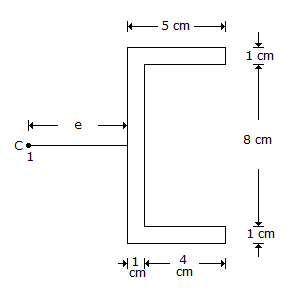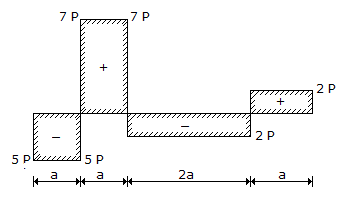Civil Engineering - UPSC Civil Service Exam Questions
Exercise : UPSC Civil Service Exam Questions - Section 1
- UPSC Civil Service Exam Questions - Section 14
- UPSC Civil Service Exam Questions - Section 27
- UPSC Civil Service Exam Questions - Section 26
- UPSC Civil Service Exam Questions - Section 25
- UPSC Civil Service Exam Questions - Section 24
- UPSC Civil Service Exam Questions - Section 23
- UPSC Civil Service Exam Questions - Section 22
- UPSC Civil Service Exam Questions - Section 21
- UPSC Civil Service Exam Questions - Section 20
- UPSC Civil Service Exam Questions - Section 19
- UPSC Civil Service Exam Questions - Section 18
- UPSC Civil Service Exam Questions - Section 17
- UPSC Civil Service Exam Questions - Section 16
- UPSC Civil Service Exam Questions - Section 15
- UPSC Civil Service Exam Questions - Section 1
- UPSC Civil Service Exam Questions - Section 13
- UPSC Civil Service Exam Questions - Section 12
- UPSC Civil Service Exam Questions - Section 11
- UPSC Civil Service Exam Questions - Section 10
- UPSC Civil Service Exam Questions - Section 9
- UPSC Civil Service Exam Questions - Section 8
- UPSC Civil Service Exam Questions - Section 7
- UPSC Civil Service Exam Questions - Section 6
- UPSC Civil Service Exam Questions - Section 5
- UPSC Civil Service Exam Questions - Section 4
- UPSC Civil Service Exam Questions - Section 3
- UPSC Civil Service Exam Questions - Section 2
21.
A cold drawn seamless steel tubing subject to internal pressure, has a diameter of 6 cm and wall thickness of 0.2 cm. The ultimate strength of steel is 3600 kg/cm2. The bursting pressure (in kg/cm2) is
22.
Which of the following factors are associated with the behaviour of sand mass during earthquake to cause liquefaction ?
1. Number of stress cycles
2. The frequency, and amplitude of vibration of waves generated by an earthquake
3. Characteristics of sand
4. Relative density
Select the correct answer using the codes given below :
1. Number of stress cycles
2. The frequency, and amplitude of vibration of waves generated by an earthquake
3. Characteristics of sand
4. Relative density
Select the correct answer using the codes given below :
23.
The ratio of total elongation of a bar of uniform cross-section produced under its own weight to the elongation produced by an external load equal to the weight of the bar is
24.
The figure refers to a channel section of uniform thickness of 1 cm used as a beam with the cross-sectional dimensions shown in cm units. If the Moment of Inertia of channel Ixx be equal to 246 cm4 and C be the shear centre, then the value of e in cm is equal to


25.
The shear force diagram of a beam is shown in the given figure. The absolute maximum bending moment in the beam is


Quick links
Quantitative Aptitude
Verbal (English)
Reasoning
Programming
Interview
Placement Papers